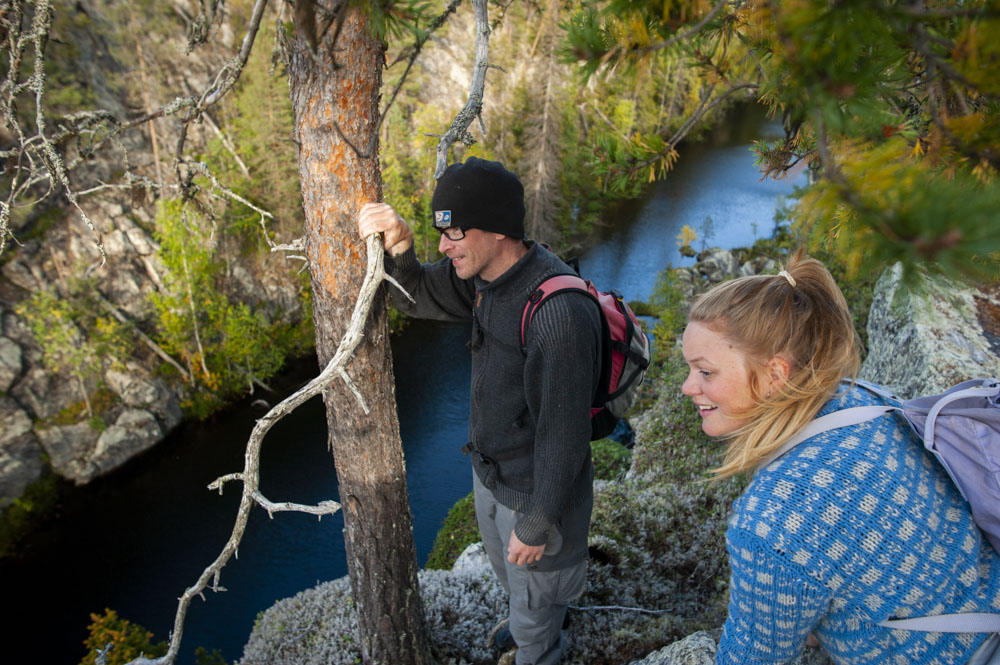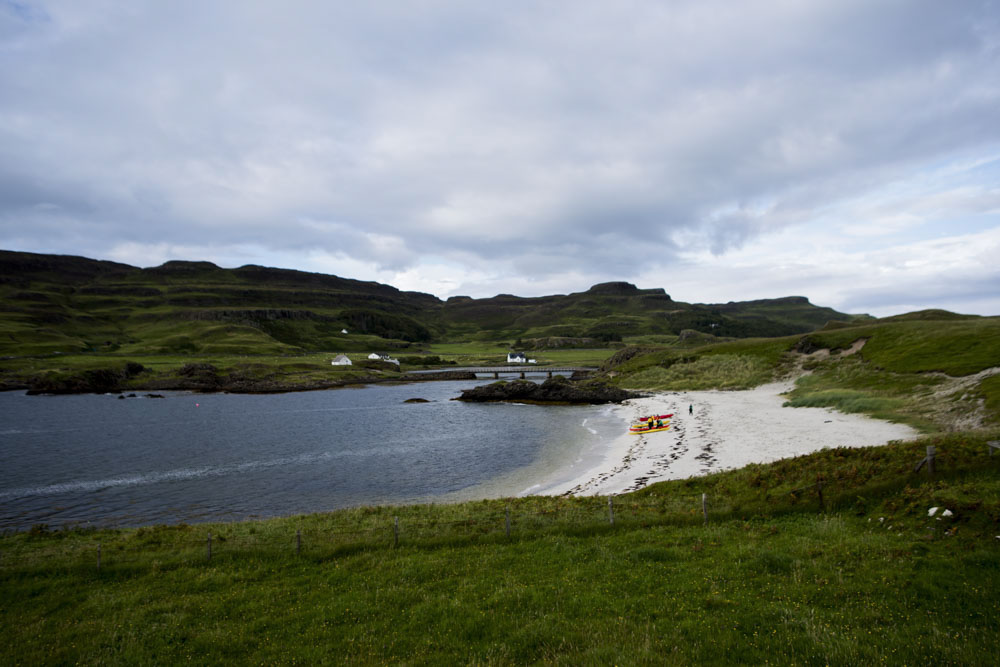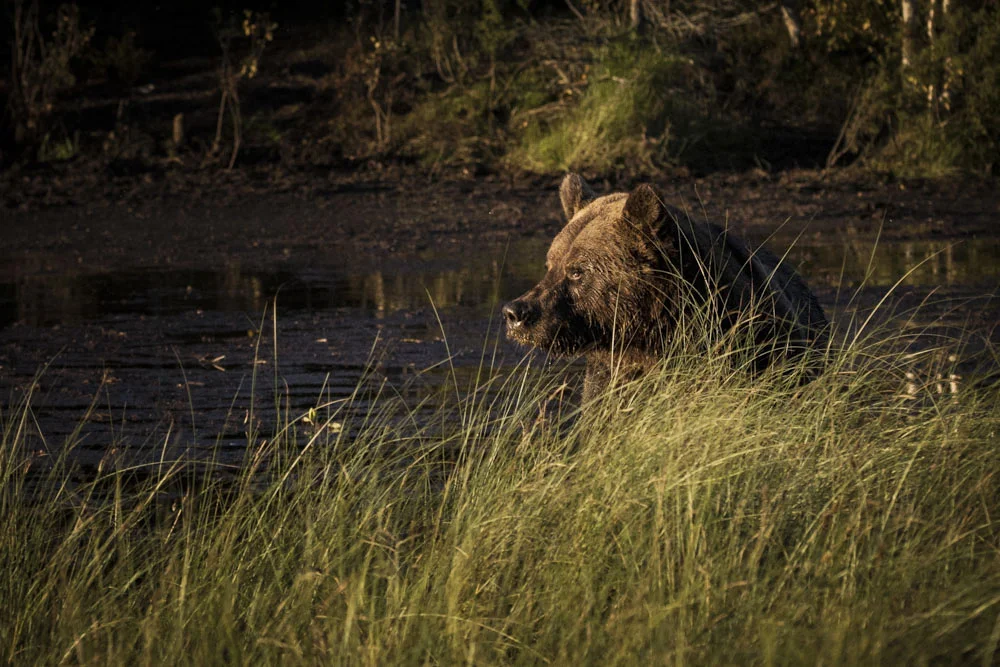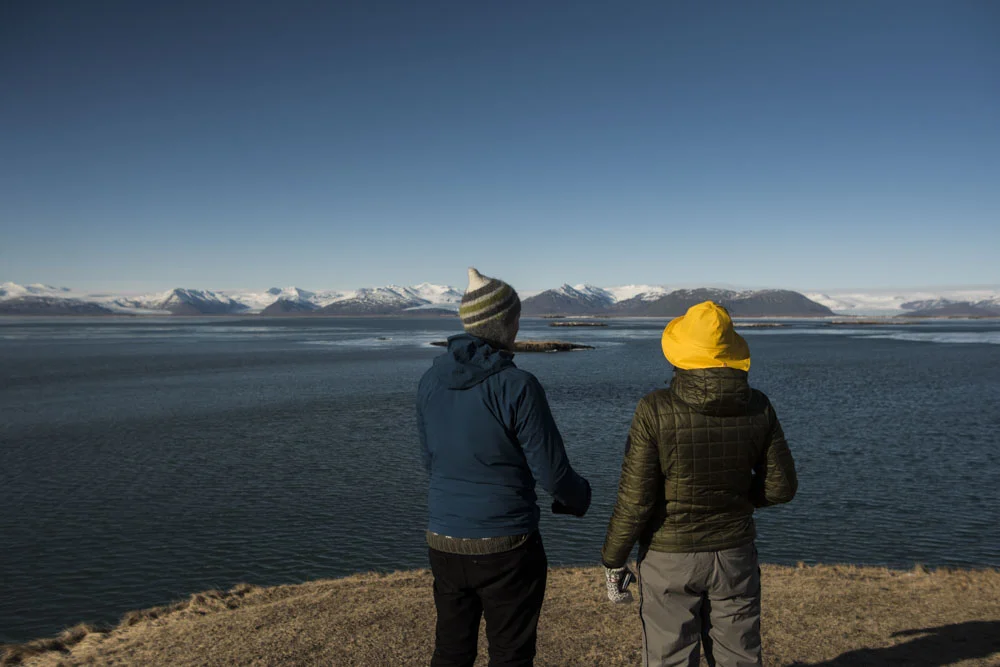Mushroom foraging in Glen Affric

Glen Affric is the largest native forest left in Scotland, and a place Mark has always wanted to go! These Caledonian pinewoods were part of a huge forest biome - the Taiga, stretching to Russia and Canada as a global belt of green. Last week we finally had the opportunity to visit this unique place. Spending only an afternoon, Glen Affric revealed some of its most precious secrets. August is prime mushroom season and so we kept our eyes open for the most precious one of them all: the Chanterelle!
Slow adventure in autumn = Foraging
Foraging is such a prestigious word, it sounds like you need to be a qualified forest scientist or some kind of specialist, in order to enjoy the fruits of the forest. When in reality, it's the simplest thing. It's not something you need to plan for - just being aware of seasons helps you remember to take notice.
It's important to know that you are not eating something poisonous, but you don't need to be an expert to identify a few species. Learning some simple berries to pick is quite simple, and our favourite berry is the forest blue berry! It is easy to recognise and when you first find them you'll find it impossible to stop picking (eating) them. The wild berries are so much tastier than shop-bought berries. The same can be said for the cow berry, the little red berries that look a lot like blueberries, only red. In Norway (and the rest of Scandinavia) we use these to make jam. The berry is quite sour and is a perfect side dish to red meat (much like Cranberries).
Finding Chanterelle in Glen Affric
They call it the forest gold, and for good reason! The yellow/orange mushroom smells like apricot and will flavour any dish with a lovely strong forest taste. They have a unique aroma and the colour is a beautiful warm yellow. It's the wonderful colour that makes it our favourite, making it so easy to spot.
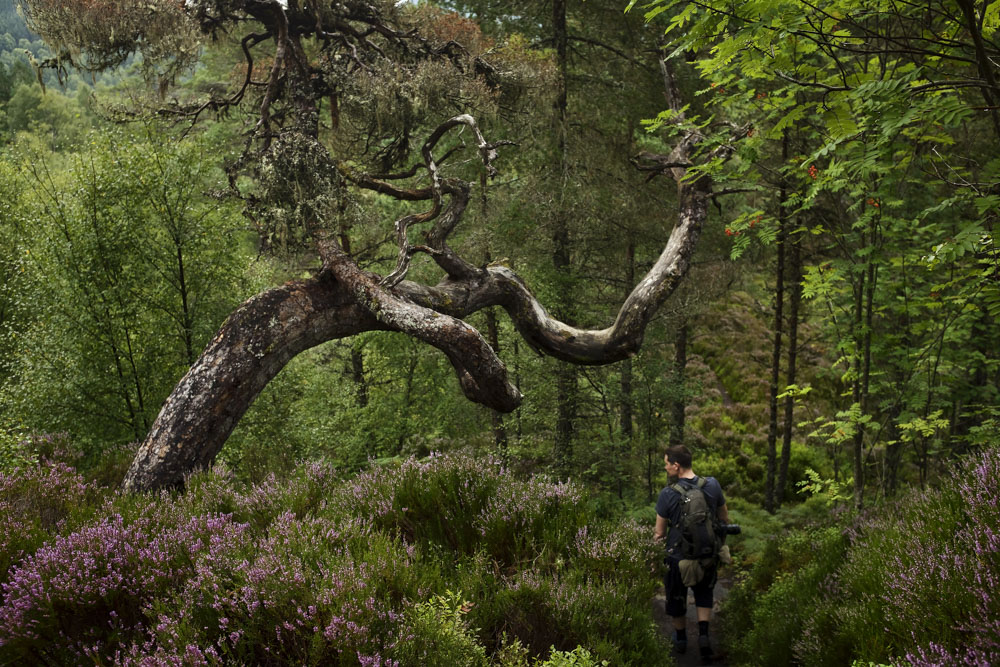
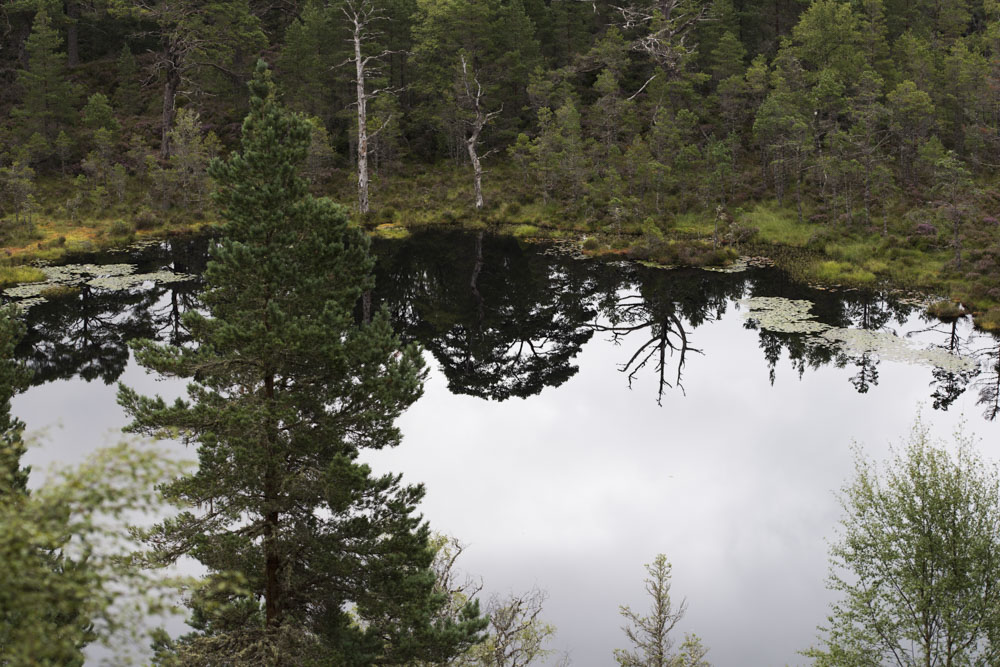

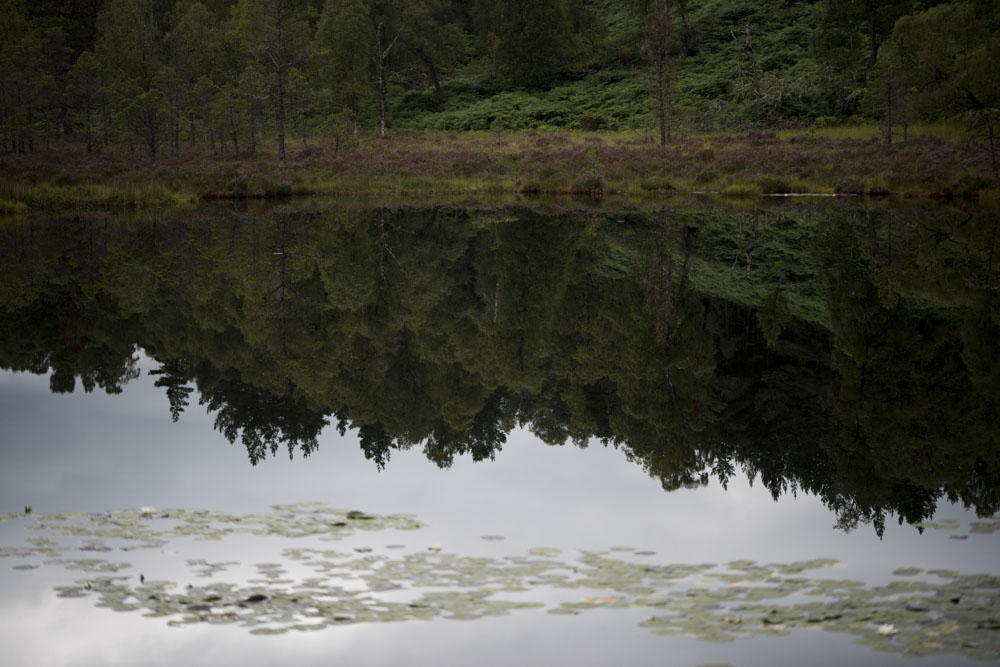
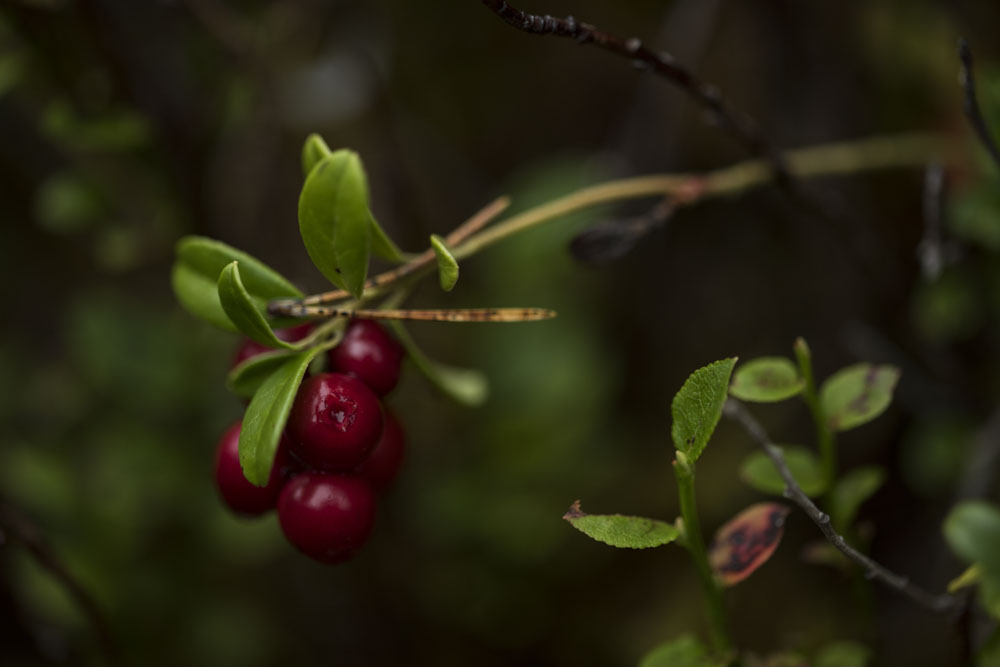
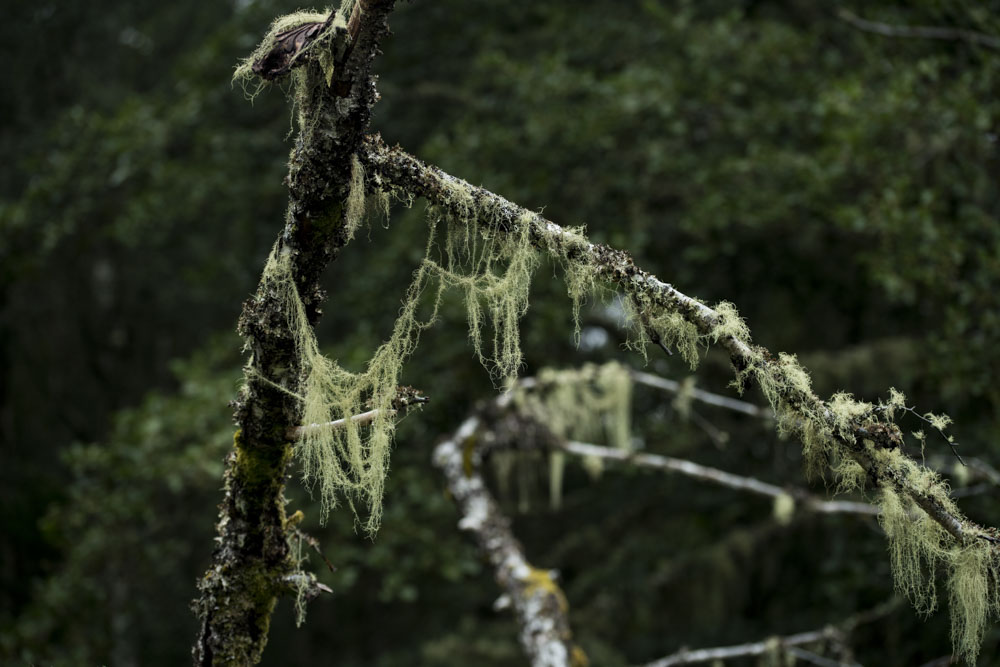
How to make sure you found a real chanterelle and not a "pretend chanterelle"
1. Colour should be bright warm yellow
2. Smell should be slightly sweet and resemble Apricots
3. The hat grows upwards and the shape is like a trumpet
4. The underside is covered with vertical folds
5. The stem is light yellow
Happy like a goblin with a bag of gold!
How to get started finding chanterelles
When you first spot a chanterelle there might be more than one. The physical mushroom that we like to eat is actually just the reproductive organ of the fungi living underground. Therefore you often find multiple mushrooms growing next to each other, and some of them might still be under the moss.
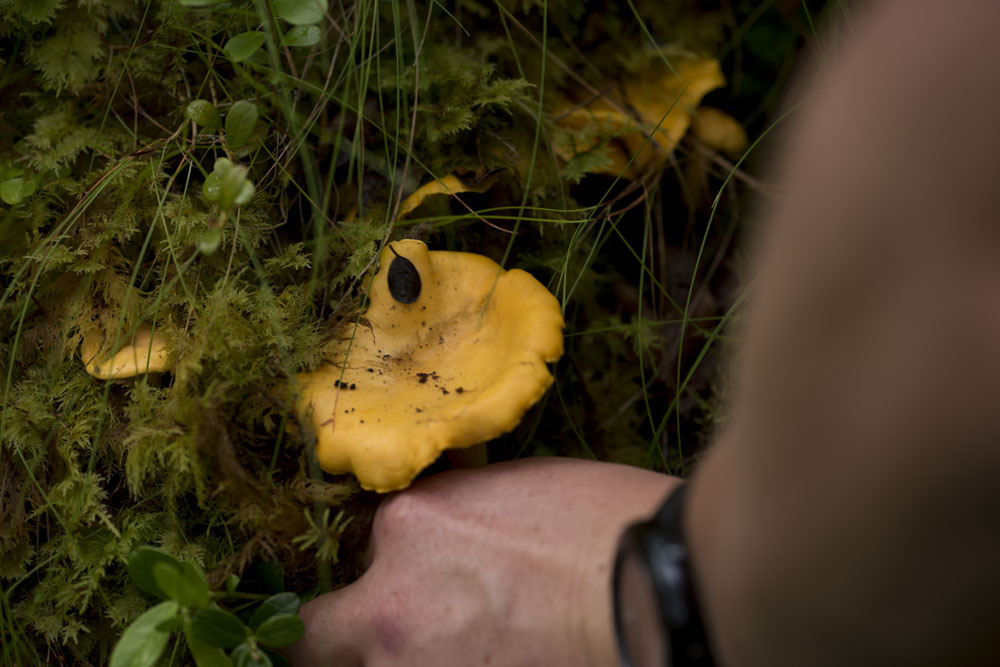
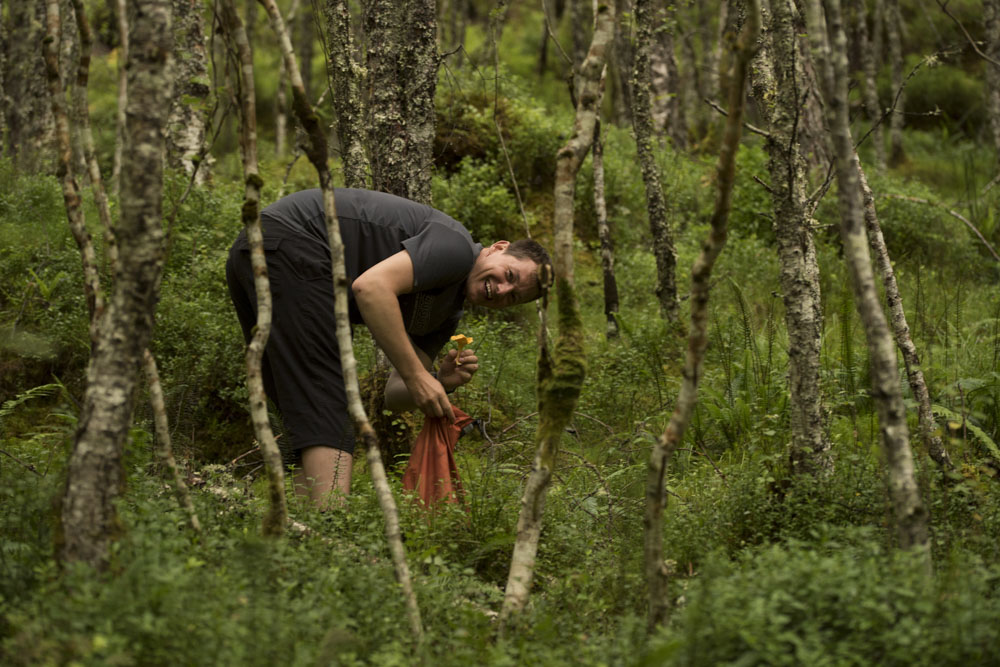
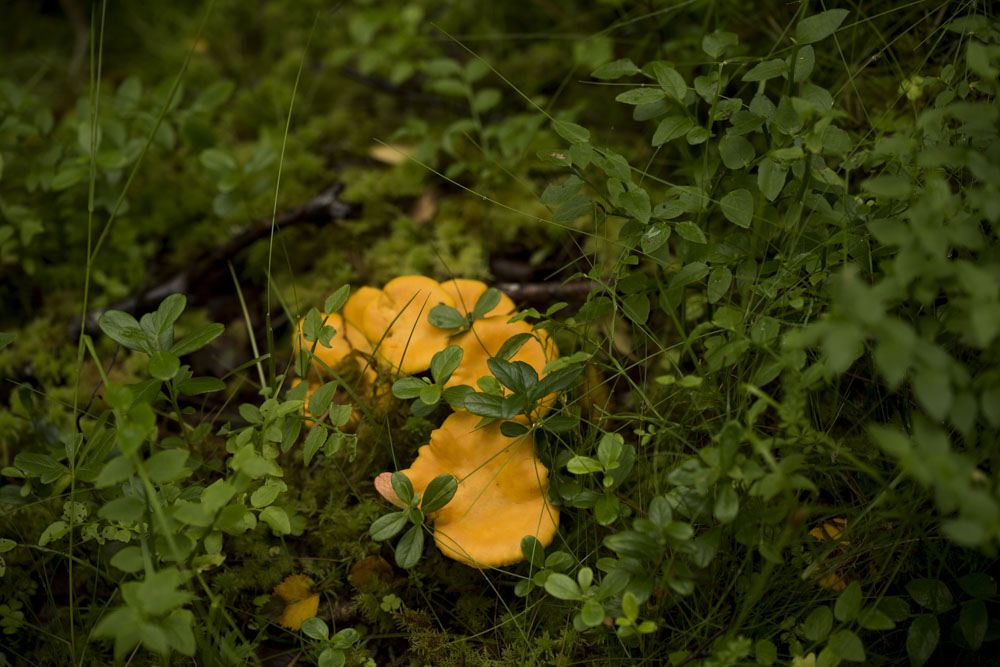
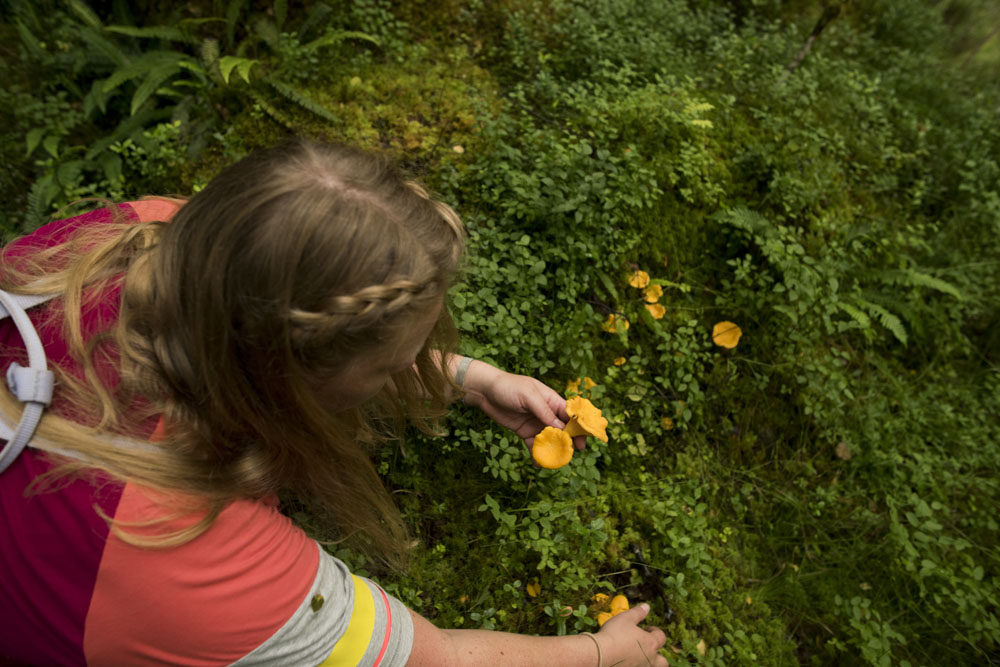
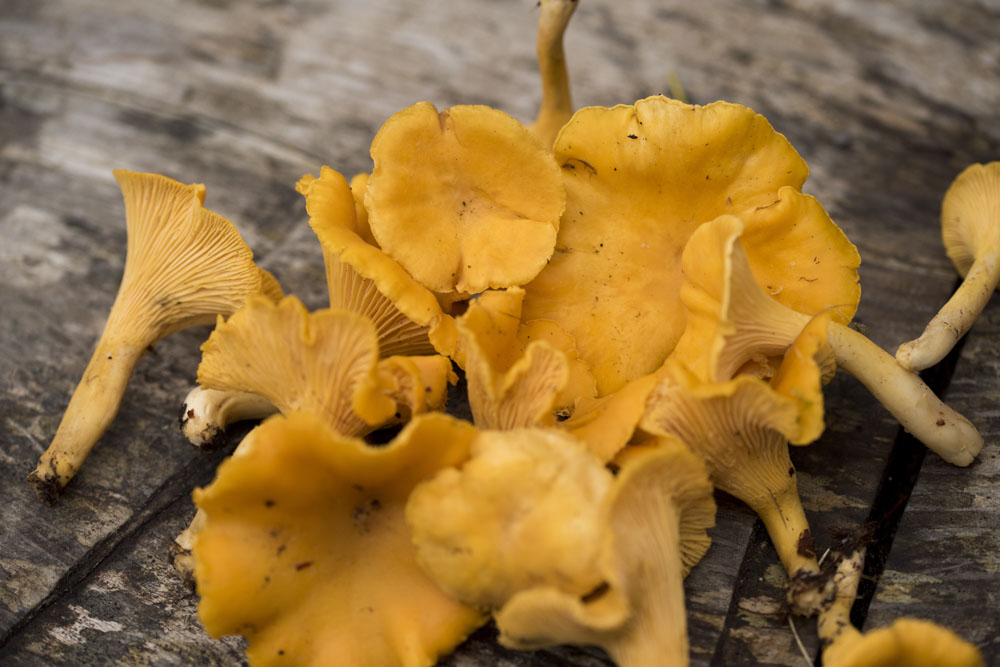
Glen Affric revealed some of its most precious secrets
Where to find them
Chanterelle are often found in moist, shaded pine forest. In the north if we're near blueberry, birch or pine and it's August or September, we'll be keeping our eyes open. Mark carries a dry bag just in case! Once you find them, just brush off any organic matter and cut them to eating size. These are fantastic with red meat or to jazz up a veggie dish!
More than what meets the eye
For us, mushrooms are more than a food. They're also the product of a beautiful synergy between fungi and trees. Sharing their resources together makes both species stronger, and while the vast network of tree roots interconnected with fungi is below our feet, we get to enjoy and taste the fruits - a true celebration of a forest harvest that we can be a part of.
Chantarelle





